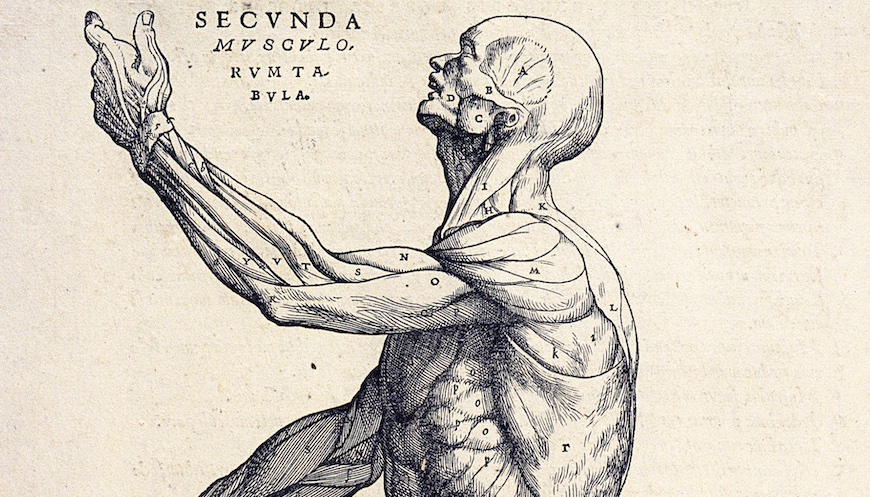

For centuries, the structure of the human body was a fundamental concern for both medicine and art. Anatomy was a basic component of artistic education, and artists were a recognized part of the market for anatomical illustration. At the intersection of art and science, this exhibition looks at the shared vocabulary of anatomical images and at the different methods used to reveal the body through a wide range of media, from woodcut to neon.
This exhibition is presented in English and Spanish. It is one of a series that will test ways to make the presentations in our galleries more welcoming and accessible.
Esta exhibición se presenta en inglés y en español. Es parte de una serie de exhibiciones bilingües que pondrá a prueba varias formas de hacer el contenido que presentamos en nuestras galerías más acogedor y accesible.
RELATED EVENTS

Under the Skin: Drawing Anatomy
March 12, 2022
Getty Center

The Polykleitos Problem: Illusions of the Ideal in European Anatomical Images
June 24, 2022
Getty Center and Online
RELATED RESOURCES
- Getty Research Portal™ Virtual Collections: Anatomy and Art
- Anatomy and Art Research Guide
- National Library of Medicine: Historical Anatomies on the Web
- Thomas Fisher Rare Book Library, University of Toronto, Anatomia Collection: Anatomical Plates 1522–1867
- Historical Medical Library of The College of Physicians of Philadelphia, Digital Image Library
- Tavares Strachan, video of Robert
- Comparative Guts - Exploring the Inside of the Body
BEHIND THE SCENES
A Popular 17th-Century Book Gives a Lesson in Dissection
Lift the flaps and look inside
Illuminating the Invisible
A body in neon honors the first Black astronaut
The Art of Anatomy from the 16th Century to Today
Our Bodies, Our Selves
Explore an anatomical toy from the 1960s
Why We Gave These Prints a Bath
Learn why centuries-old paper might need a little TLC
Bodies, Bodies, Bodies
An episode of Becoming Artsy explores the art and science of medical illustration
GALLERY TOURS
Thursdays at 2:00 p.m.
March 10–July 7, 2022
(Note: no tours on March 17, 31, and April 7, 28)
Space is limited. Please sign up at the Research Institute lobby desk
MOBILE TOUR
Explore this exhibition with a free audio tour, available in English and Spanish. Download the GettyGuide® app
EXHIBITION DOCUMENTATION
- Exhibition checklist (English and Spanish)
- Complete gallery wall texts (English and Spanish)
- Visit the Press Room

